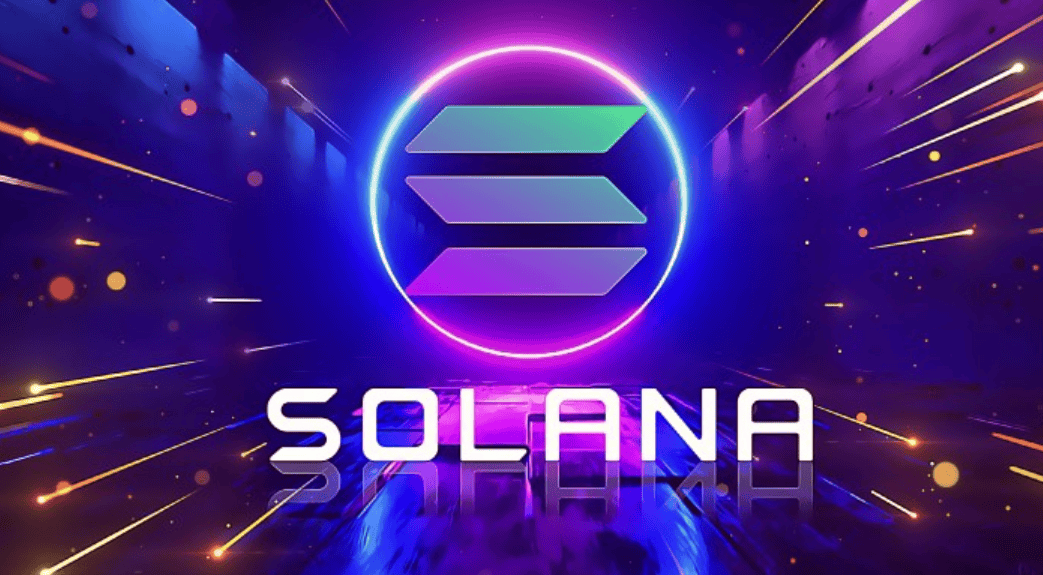
The landscape of digital assets, blockchain and Web3 technologies is undergoing a shift.
What was once considered theoretical or looked at askance in light of scandal and volatility is now increasingly moving into practical use.
“It’s important to know that crypto is not just bitcoin and Doge and NFTs,” Sheraz Shere, head of payments at Solana Foundation, told PYMNTS. “… Blockchains are really alternative rails for payments and financial assets.”
However, there remains an ongoing challenge in accelerating cryptocurrency adoption — one that requires an evolution from awareness to adoption, particularly among senior leaders in financial services.
“If you think about the mainstream, we are very early, even on the awareness side of things,” Shere said.
That’s because while crypto advocates possess deep insights into the technology, there remains a critical need for education among executives in order for them to truly embrace exploring the practical applications and future potential of cryptocurrency within payments.
“As an example, people are super excited about all these new [real-time payments] systems,” Shere said. “Imagine a global [real-time payments] system that just runs with no central authority. Well, we have that with stablecoins running on a network like Solana — fully permissionless, decentralized instant settlement.”
“Don’t get distracted by the noise,” he added. “There is a lot of noise, but there are some interesting underlying technologies that are important for financial services leaders to understand.”
Compliance as a Catalyst for Crypto Growth and Adoption
The journey from a theoretical understanding of crypto payments to a practical implementation of them as an innovative value transfer mechanism involves navigating long-held misconceptions about the space and endemically fragmented regulatory complexities.
“There’s a lot of misconceptions with people in the financial services industry about compliance and regulation, and that they wouldn’t want to touch blockchain with a 10-foot pole,” Shere said. “And I think in the past that may have been true, but there are a whole new set of protocol-level controls that exist now that provide even more fine-grain control that you often have with traditional financial rails.”
These advancements allow for confidentiality with auditability, control over which wallets can interact with assets, and the ability to perform reversible transactions or freeze and seize assets.
Compliance is driving developments in the crypto industry and paving the way for innovation. Token extensions, a native token program on Solana, represent an advancement in tokenization standards.
These extensions, Shere said, embed compliance features into tokens, allowing for fine-grained control over transactions. From confidentiality to transfer hooks, these features enable regulated entities to tokenize assets while adhering to compliance requirements — an essential step in gaining trust and acceptance from traditional financial institutions.
Increasing Awareness and Acceptance Lies in Solving Real Business Problems
While awareness, acceptance and adoption are all crucial in driving the evolution of cryptocurrency within payment ecosystems, two other critical factors will determine crypto’s success: its usability and its utility.
“An issue has been that the technology has not been user-friendly,” Shere said. “It’s all been designed by engineers … to be very tech-centric and not use case or UX centric.”
He stressed the need for crypto players and enterprise businesses alike to focus on real-world use cases, such as cross-border payments, where blockchain solutions offer advantages over traditional systems.
“The end user may not even know that they’re using blockchain,” he said. “They just know that they can easily send money to anybody in a hundred countries without the need to travel to a physical location or use correspondent banking.”
The messaging reflects a deliberate effort to engage enterprises, including Fortune 500 companies, in embracing blockchain technology.
“The early iterations of blockchains were incredible innovations, but they weren’t built thinking about scalability in mind — things like 10-minute settlement times or $20 to settle a transaction — that works for large whales moving money, but it doesn’t work for retail, and it doesn’t work for merchant payments,” Shere said, noting that Solana’s ecosystem is built for speed and scalability.
By demonstrating the practical applications and scalability of blockchain, Shere explained that the Solana ecosystem seeks to position itself as a partner in enterprise innovation among financial institutions looking to enhance efficiency and expand market reach.
“Things move slowly in the traditional financial services industry,” he said. “Things move very fast in blockchain. As they intersect, you might see things start to move a bit quicker.”
